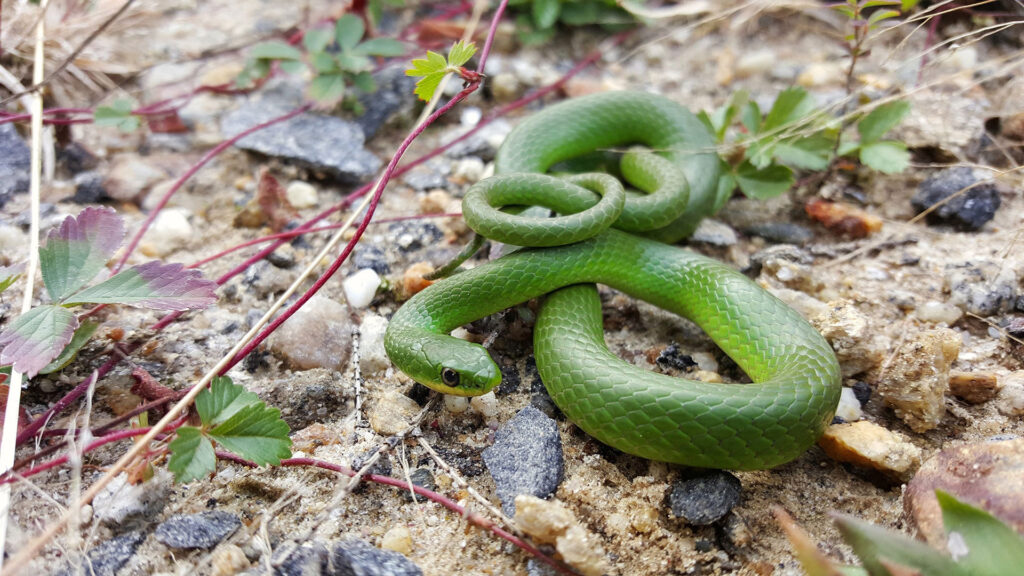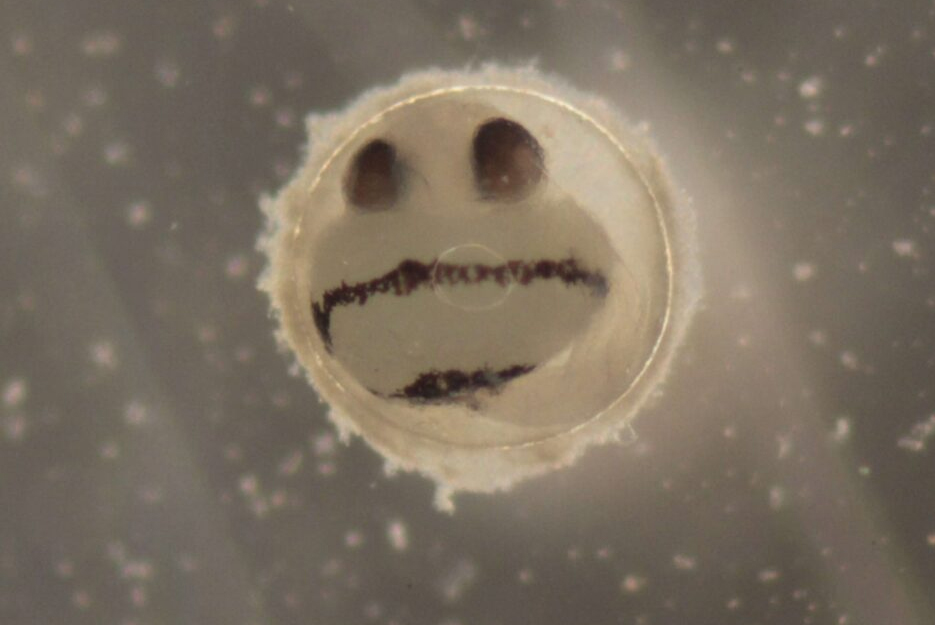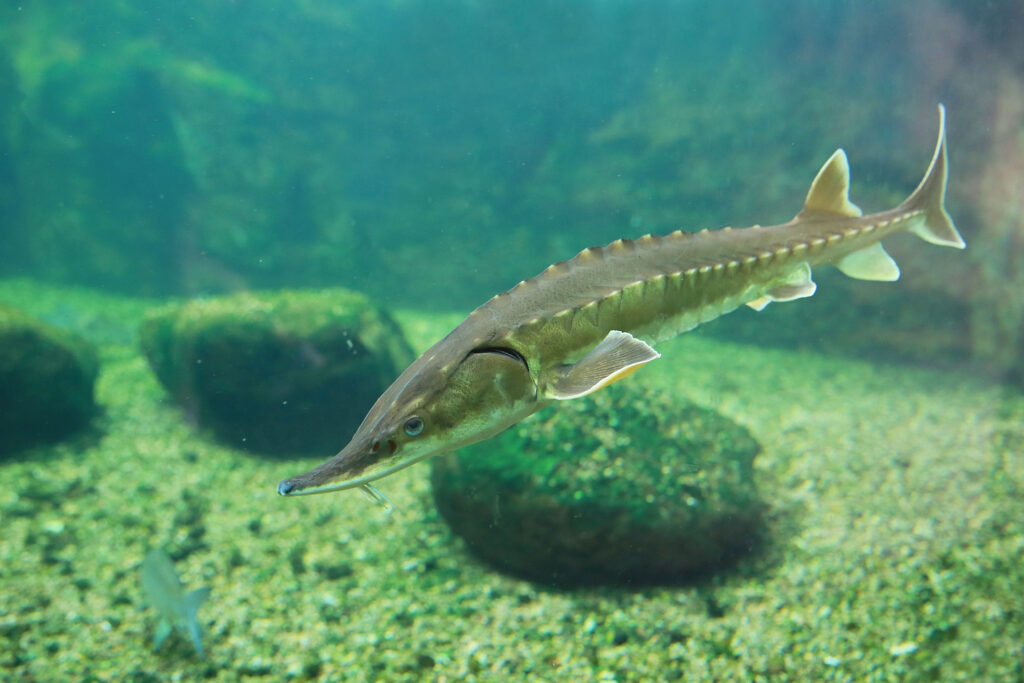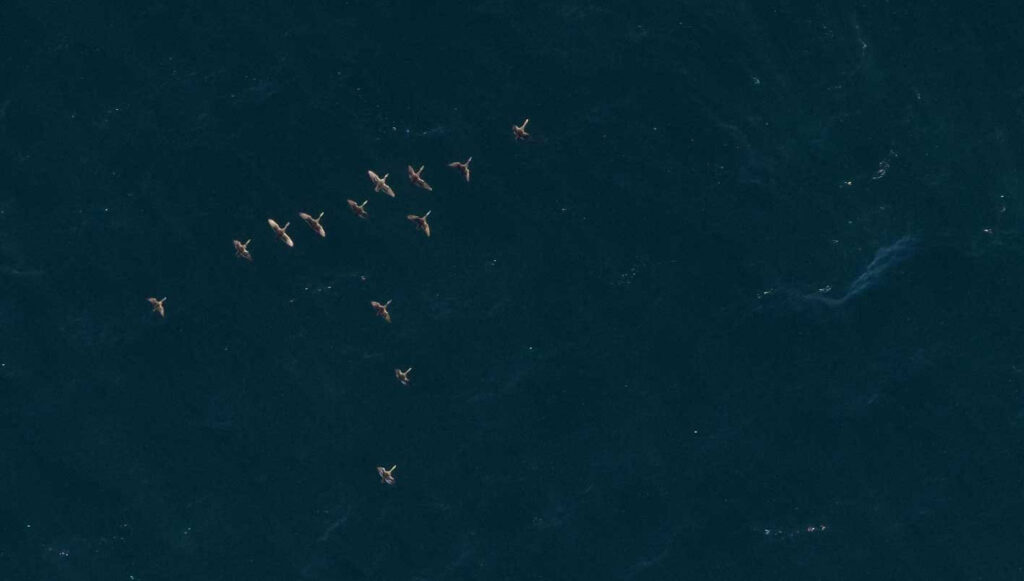Normandeau Associates, Inc. frequently conducts wildlife assessments in support of conservation efforts, environmental permitting, and to ensure federal and state endangered species act compliance. These assessments can be targeted to single species and/or habitats or be broad assessments of an area and cover all potential and observed wildlife and characterization of the project site.
Road, bridge, and/or culvert maintenance or replacement; new construction; gas and transmission line maintenance or expansion; and hydroelectric relicensing are a few of the project types Normandeau biologists are called for to conduct a wildlife assessment. First, biologists look at the project type to see what the potential impacts could be and the results of a desktop review to see what specialized skills are needed, and when to optimally time the surveys. Surveys could be best timed to align with vernal pool breeding season, blooming periods for host plants, peak song activity for birds, or—if no species are identified—April through October to coincide with peak wildlife activity. Aerial imagery is used to get a first look at the project site and can provide the rudiments of habitat type and connectivity to other habitats and wildlife features adjacent to the area. Field assessments can use standardized protocols or be more loosely based on species habitat, food requirements, or best methods for positive identification (call backs, game cameras/acoustic recordings, and the like). Field methods will depend on what type of project the survey is supporting, and any coordination with state and/or federal stakeholders.
Our biologists are trained by ear and sight to recognize a variety of species, and have learned the secret language of animals, from different bird songs and chip cadences to the smells and tracks of mammals. This language relies not only on recognition of animals, but also on specialized knowledge of plants and assessing habitat quality. It is also, perhaps, what draws many into the field. A highly detailed understanding of the environment is needed for assessments, where looking so intimately at your surroundings unveils a magnitude of information that is lost by most others. From differentiating the sound of leaves drying in the understory as the sun penetrates the canopy from the pitter of little bird feet foraging in fall leaves, to finding animal remnants that would otherwise go unnoticed—skulls, feathers, sheds, shells, nests, etc.
Wildlife assessments help protect animals and the habitats that support them. The balance of these organisms is better known to some, and for some others it is something they probably haven’t thought about since grade school. Each plant and animal has specific ties to other organisms to complete its life processes, like milkweed for monarchs or blue jays for oak trees. Plants and animals depend on each other and maintain balance in habitat and disease. When this balance is disrupted, we can see invasive species dominating a landscape where little else thrives and a habitat goes from multidimensional to monotone, or the change from a stable, riparian area to eroded riverbanks and overgrazed trees.
Even after a tough field day bushwhacking through invasive multiflora rose and oriental bittersweet or traversing through poison ivy to an area of ground nesting bees, it is the surprise of blueberries, blackberries, and raspberries; flowering orchids and rare plants; and glimpses of wildlife, as surprised to see you as you are to see them, that make wildlife assessments a favorite task for many at Normandeau. As said by Louise Dickinson Rich, “Nature is simply something indispensable, like air and light and water, that we accept as necessary to living, and the nearer we can get to it the happier we are.”
For more information about how we can help with your next wildlife assessment, we can be reached by phone or electronically by filling out our Contact Us form.



